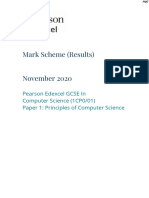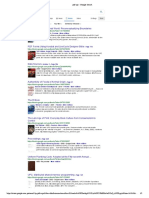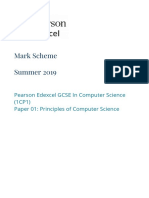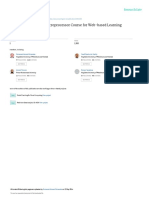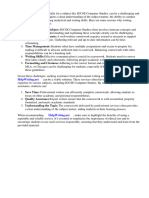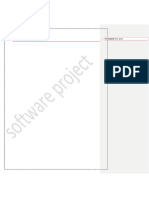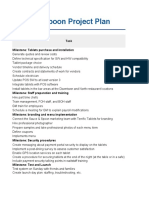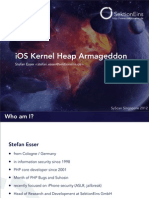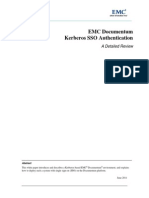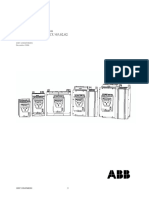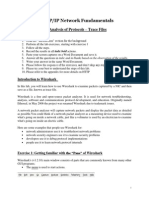0% found this document useful (0 votes)
93 views5 pagesUnderstanding Universal Product Code
This document summarizes a research paper about understanding Universal Product Code (UPC). It discusses how UPC works, including how coding and parity error checks are applied using mod theory. It also presents some MATLAB simulation experiments as a teaching aid. The UPC system allows companies to more efficiently track products compared to manual entry methods, with lower costs and fewer errors. Understanding UPC provides knowledge for doing business in a more efficient manner.
Uploaded by
Raji RajanCopyright
© © All Rights Reserved
We take content rights seriously. If you suspect this is your content, claim it here.
Available Formats
Download as PDF, TXT or read online on Scribd
0% found this document useful (0 votes)
93 views5 pagesUnderstanding Universal Product Code
This document summarizes a research paper about understanding Universal Product Code (UPC). It discusses how UPC works, including how coding and parity error checks are applied using mod theory. It also presents some MATLAB simulation experiments as a teaching aid. The UPC system allows companies to more efficiently track products compared to manual entry methods, with lower costs and fewer errors. Understanding UPC provides knowledge for doing business in a more efficient manner.
Uploaded by
Raji RajanCopyright
© © All Rights Reserved
We take content rights seriously. If you suspect this is your content, claim it here.
Available Formats
Download as PDF, TXT or read online on Scribd
/ 5














